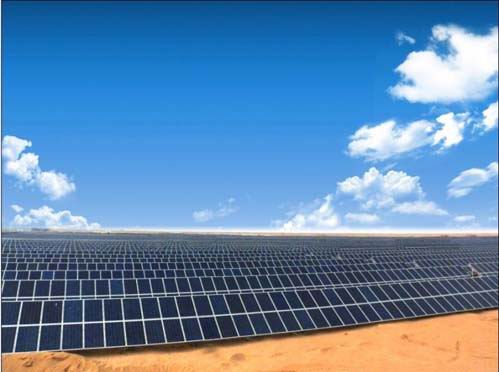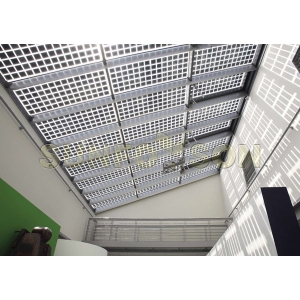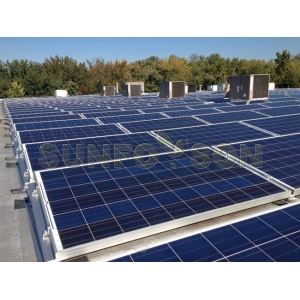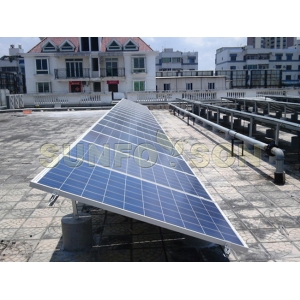Regardless of the battery technology used, the electrical system supporting large-scale energy storage projects looks largely the same, solar panel mounting system, grid-tied power conversion systems, electrical balance of system equipment to connect to the utility grid or facility and the controller that intelligently manages it.
Inverters play a crucial role in storage projects and provide the direct interface with the batteries. The inverter charges and discharges the batteries and also provides the expected grid regulation functions, complying with appropriate power quality requirements and supporting the grid during abnormal conditions with high, low and frequency ride-through functions.
Much like in solar PV plants, large-scale storage projects use either large central inverters or rely on many smaller inverters. Typically, large storage inverters range from 500 to 2500 kW, are mounted on a concrete pad or skid and are rated for the outdoors. Smaller storage inverters range from 50 to 250 kW, are rated for the indoors and installed on the floor or a rack.
The electrical solutions supporting energy storage include everything from the AC and DC switching and protection to medium-voltage transformers to step up voltage to the utility level. Typically, the utility dictates the requirements for switchgear and metering.
An energy storage system controller is the interface between the battery management system (BMS) and the utility or building control system and supports specific application requirements like frequency regulation, renewable firming, load shifting, or demands made to the system.
Best practices for energy storage control systems dictate that they are modular and scalable when designed for large-scale, utility applications. Modularity is important so that the system has the flexibility to expand its control to other forms of DERs. The controller for the energy storage system typically needs the ability to operate in both grid-connected and islanded modes.
















